Reaching the Bolivian Amazon isn’t easy, but that’s part of what makes it so rewarding. Our journey involved flight delays, maintenance issues, and a four-hour boat ride upriver, including getting stuck on rocks and bailing out water by hand. Read the full story of how we got there. Travelling to the Amazon: An Adventure in Itself
But once we arrived in the Amazon basin—first in the Pampas, then deep in the Madidi jungle—it felt like another world. Over five days, we saw pink dolphins, spotted caimans, fished for piranhas, tracked monkeys through the trees, and slept to the sound of frogs in the distance.
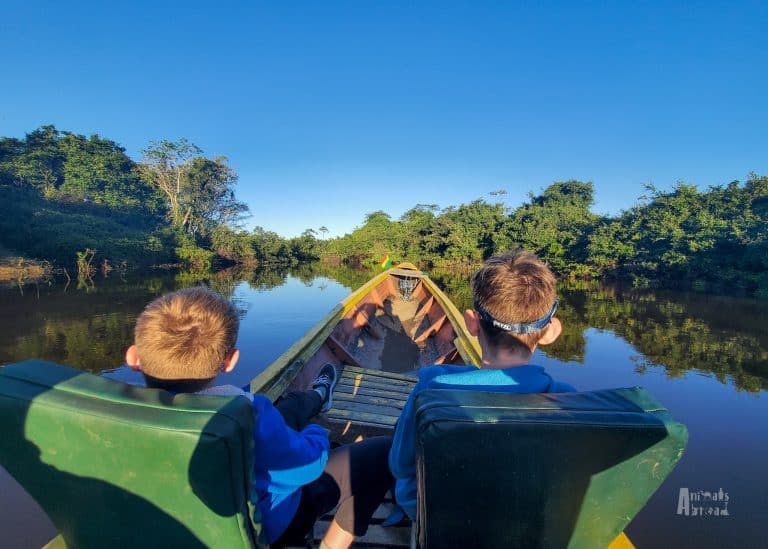
What’s the Difference Between the Pampas and Madidi?
The Pampas are part of the lowland Amazon basin—a grassy wetland threaded with slow-moving rivers and home to an incredible concentration of wildlife. Unlike the dense rainforest, the vast, flat rivers offer wide-open views, making it easier to spot animals like capybaras, caimans, and pink river dolphins from a boat.
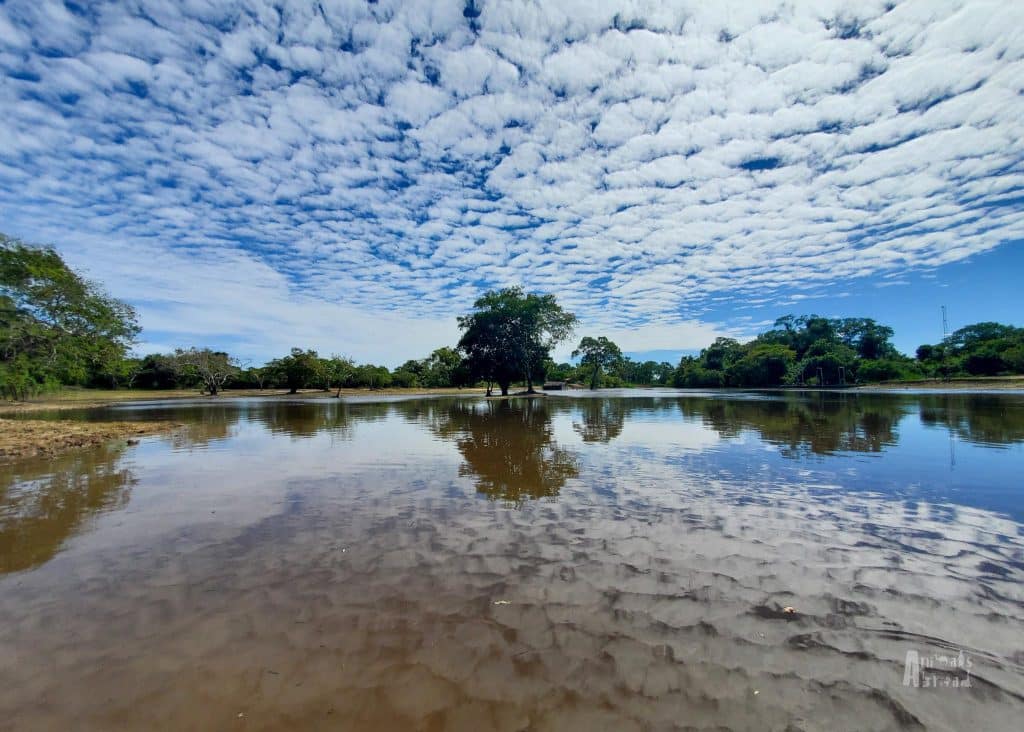
By contrast, Madidi National Park is nestled in the foothills of the Andes, where cloud forest meets jungle and is one of the most ecologically diverse places on Earth, with hundreds of bird species, monkeys, big cats, and plants found nowhere else. Animal sightings are harder in the thick foliage, but there’s a sense of mystery in knowing what might be hidden just beyond the path.
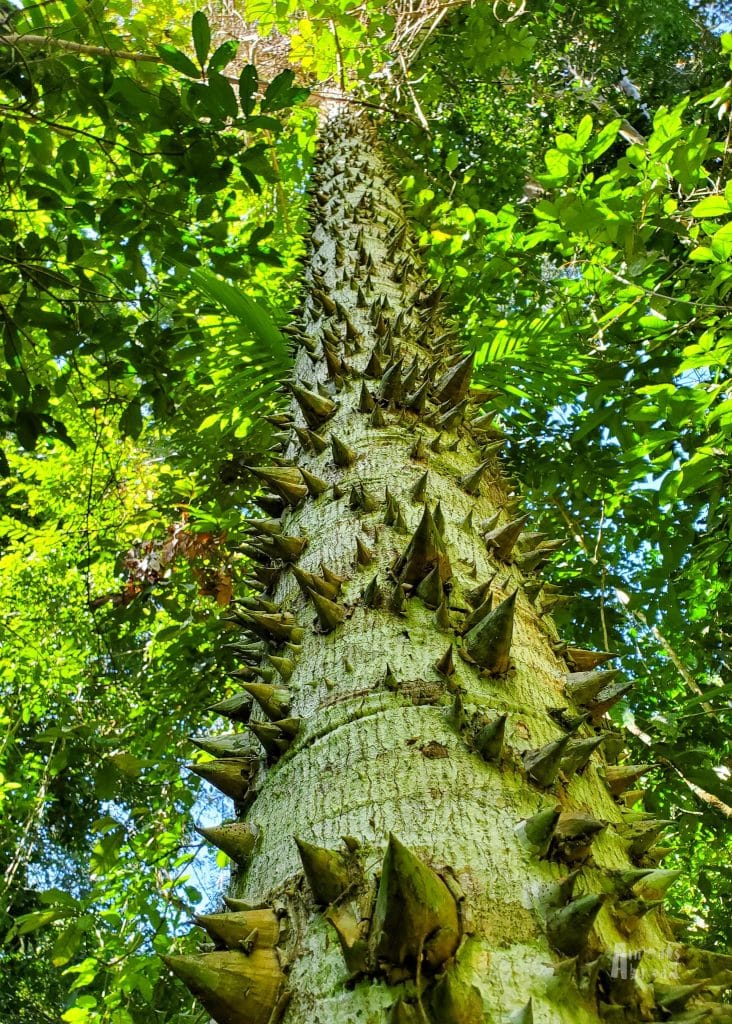
Exploring the Pampas
After our long journey, we arrived at the riverbank, breathed in the fresh jungle air, and looked at the incredible landscape before us. Then, just ahead, two bright pink dolphins appeared near the shore. Shock and awe! They swam gracefully, surfacing and diving as our guides explained that they were fishing. We followed them along the river, watching them poke their heads out of the water as we made our way to the lodge. Later, we learned that the older the dolphin, the pinker its colour—a fun fact we wouldn’t soon forget.

That evening and the next day, we explored the Pampas by boat, cruising up and down the river. The boat resembled a large canoe, powered by a small motor, with four padded chairs for passengers. We moved slowly and quietly through the water, allowing us to observe the wildlife. Sitting on the river, surrounded by the sights and sounds of the Amazon, I felt a deep sense of awe. This was one of my dream destinations—and now we were here. Watching the sun set over the river and wetlands was unforgettable.
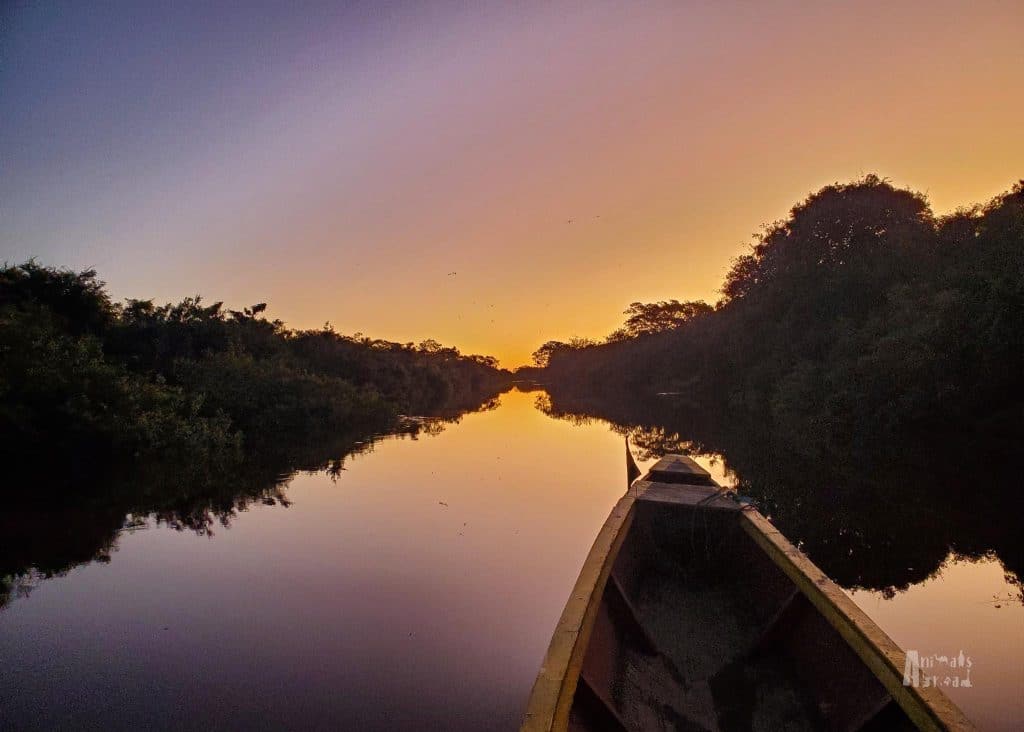
So, What Did We See?
Over our two days in the Pampas, we were treated to some incredible wildlife sightings. Among the highlights were spectacled caimans, several capybaras lounging along the riverbanks, a family of howler monkeys calling from the trees, more pink dolphins, and various birds.
One of the more unnerving moments came when we spotted a black caiman for the first time. Much larger than the spectacled caimans we’d seen before, this species can grow up to 12 feet long. Our guide assured us they don’t threaten humans, but seeing one of these massive reptiles swim alongside our small boat while we sat just inches above the water was intimidating.
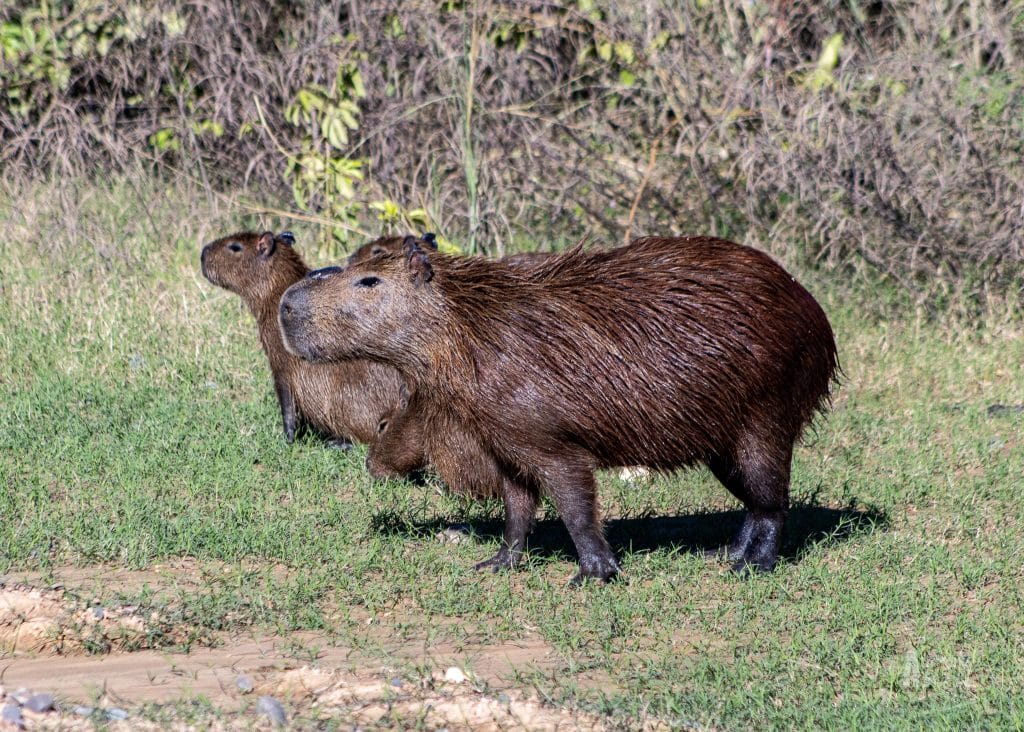
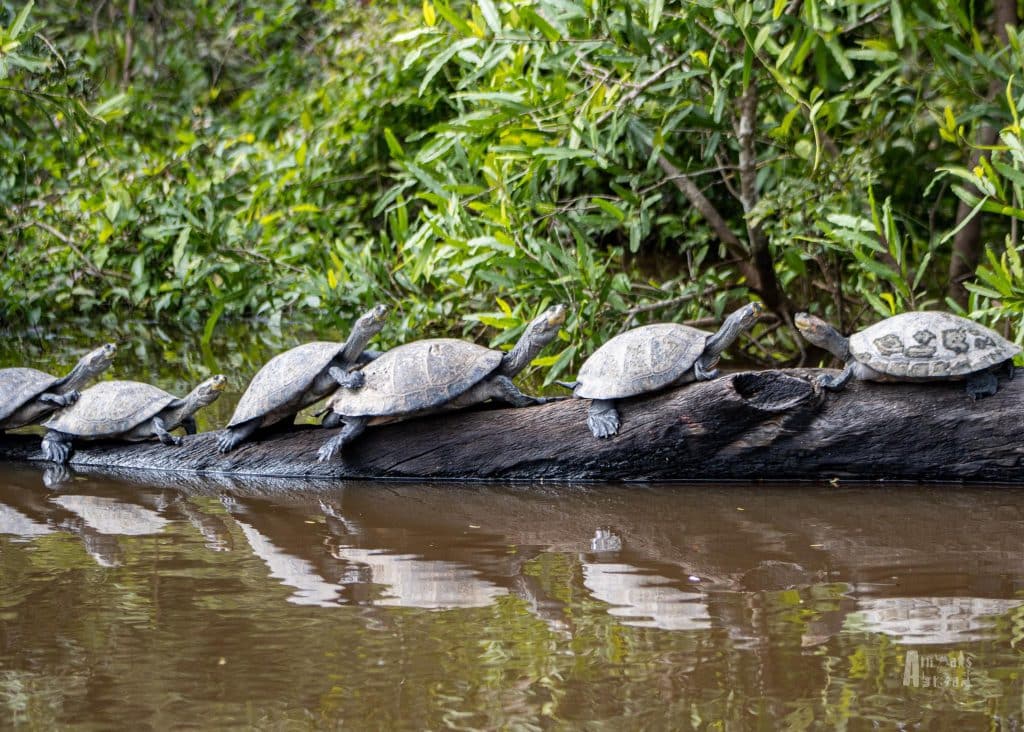
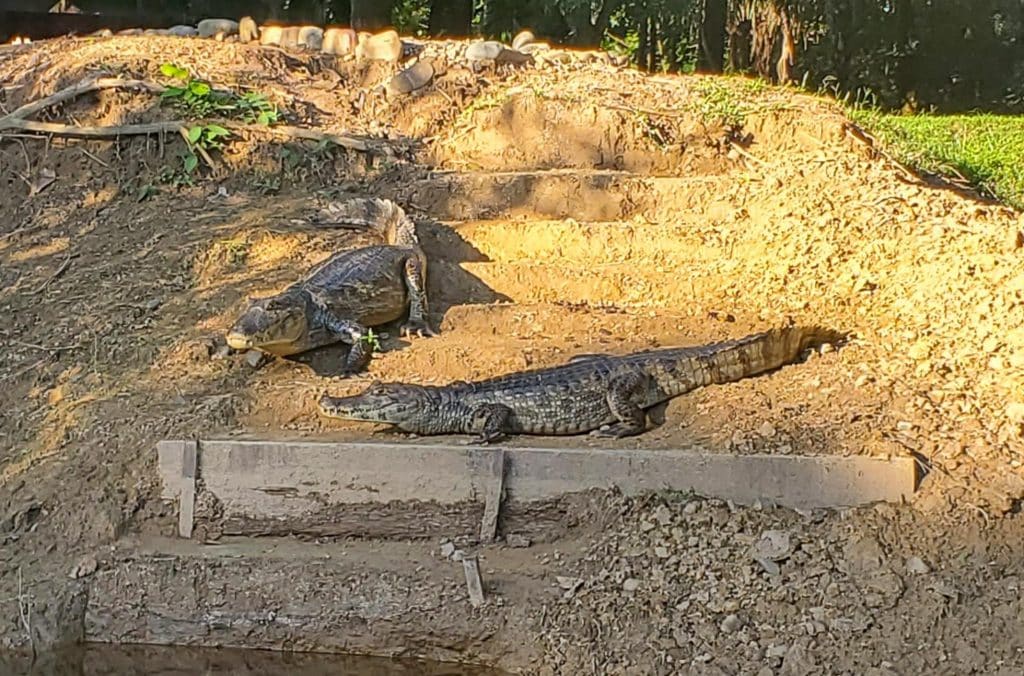
Monkey Business
Our most entertaining sighting came when we encountered a lively troop of yellow squirrel monkeys. These cheeky little primates had no fear and immediately leapt into our boat, climbing all over us, darting from shoulder to lap, with curious energy. We even got to pet them gently, though not all of us escaped unscathed. Derek found himself at the center of the action, overwhelmed by about eight monkeys at once… and ended up being peed and pooped on!
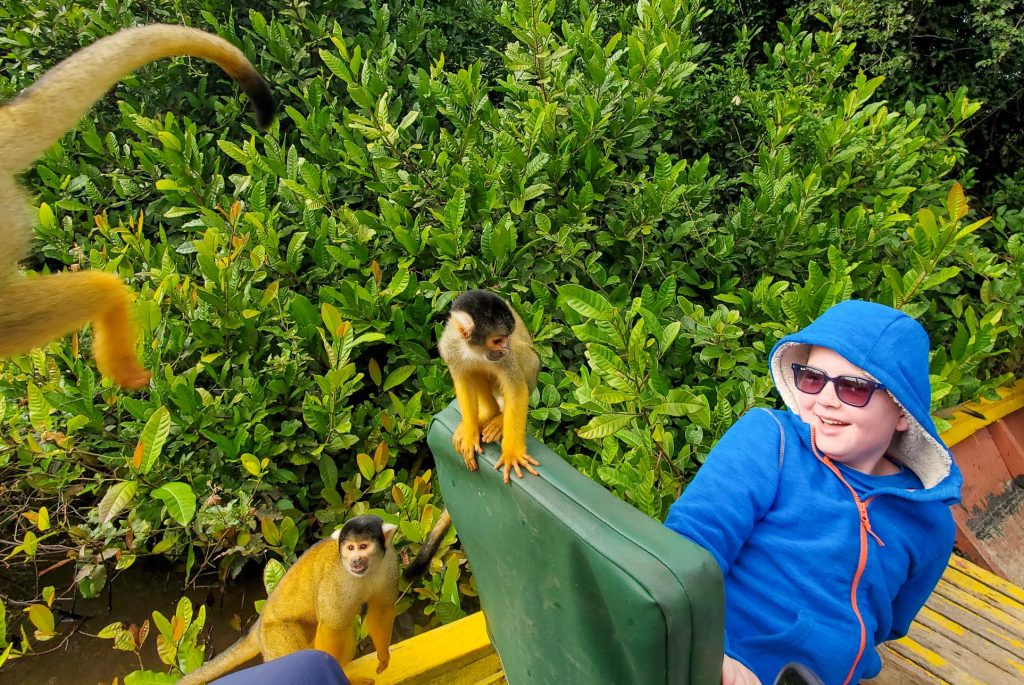
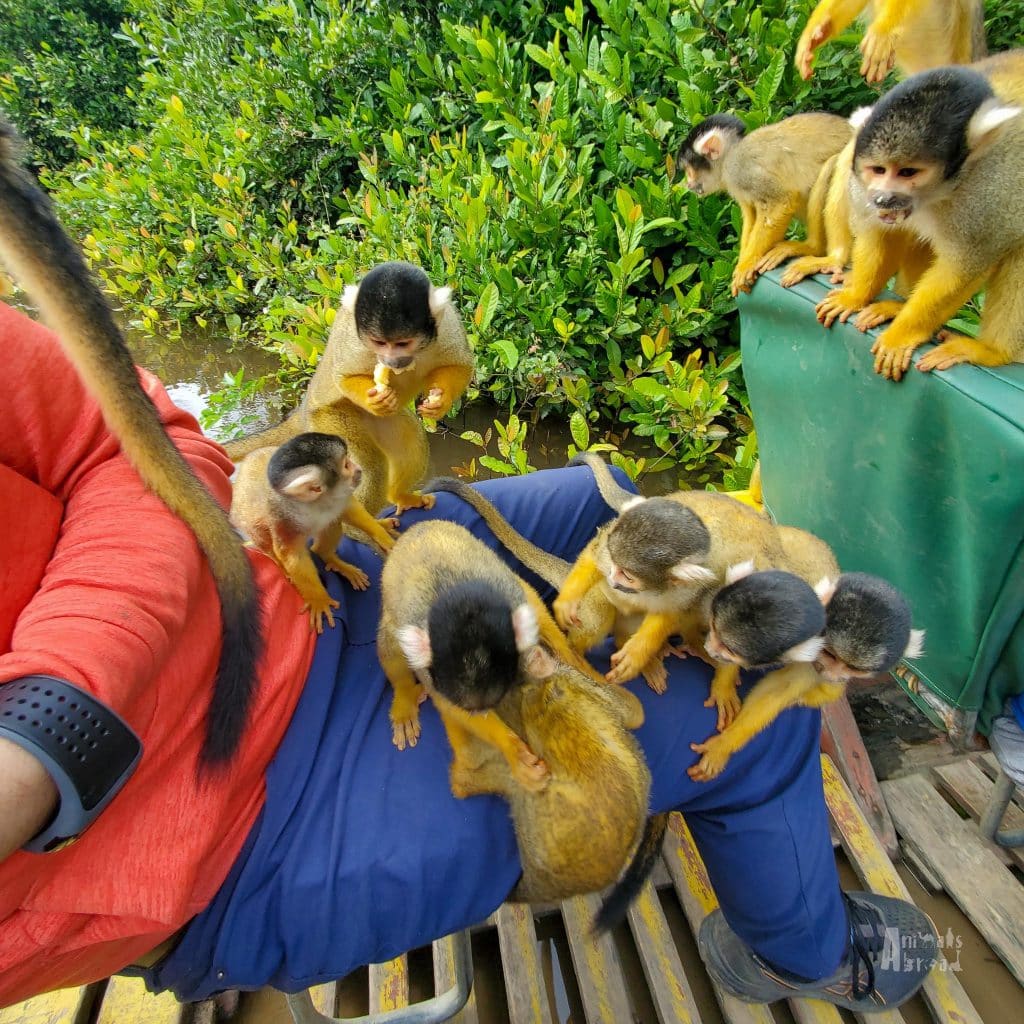
Piranha Fishing
To wrap up our second day, we tried piranha fishing. While none of us managed to catch one, our guide reeled in two small piranhas and let us take a close look. Even the tiniest ones had rows of razor-sharp teeth! Once again, our guide insisted they don’t attack people—and that locals often swim in the river—but after seeing both piranhas and caimans up close, we were not eager to take a dip.
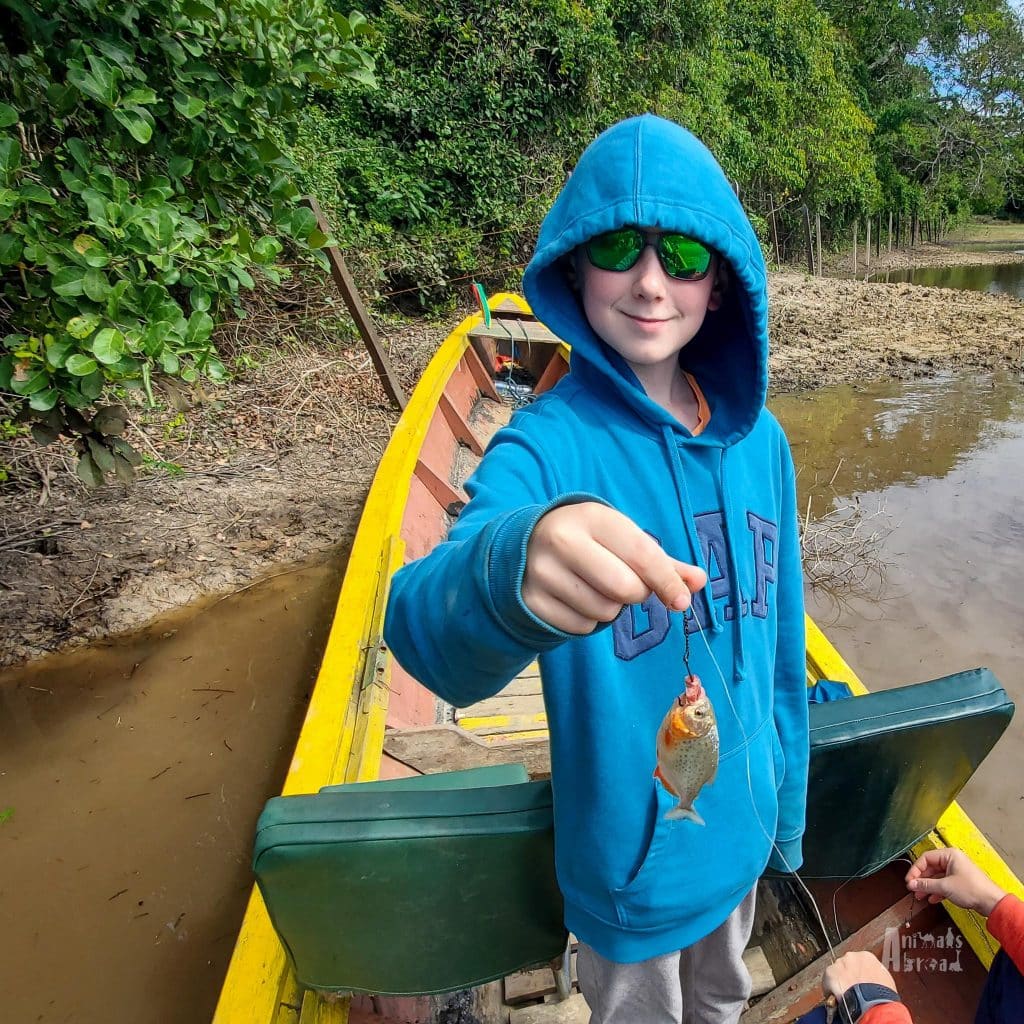
Where We Stayed
Caracoles Lodge offered simple but comfortable accommodations in the heart of the Pampas. Our cabin was basic yet clean, with warm blankets and mosquito nets draped over each bed. We had flushing toilets and cold-water showers, and the lights came on each evening from 6:30 to 9:30 p.m. We happened to arrive during an unexpected cold snap, so we were especially grateful for the extra blankets. Electricity for charging devices was available in the dining hall.
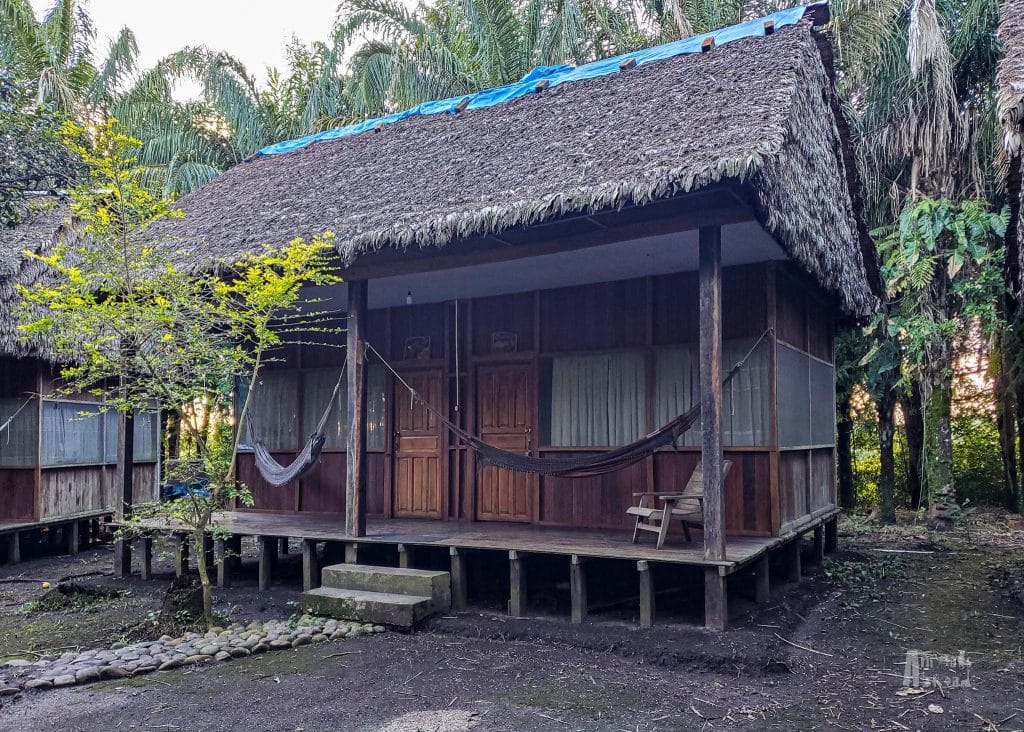
Madidi National Park
As we entered Madidi National Park, we were surrounded by dense jungle and steep, forested mountains, and at the heart of it all was a peaceful lake—an unexpected sight deep in the Amazon. The landscape was stunning and remote, and the air was filled with sounds of life from birds calling from the canopy to frogs croaking in the distance, and insects buzzing in the trees.
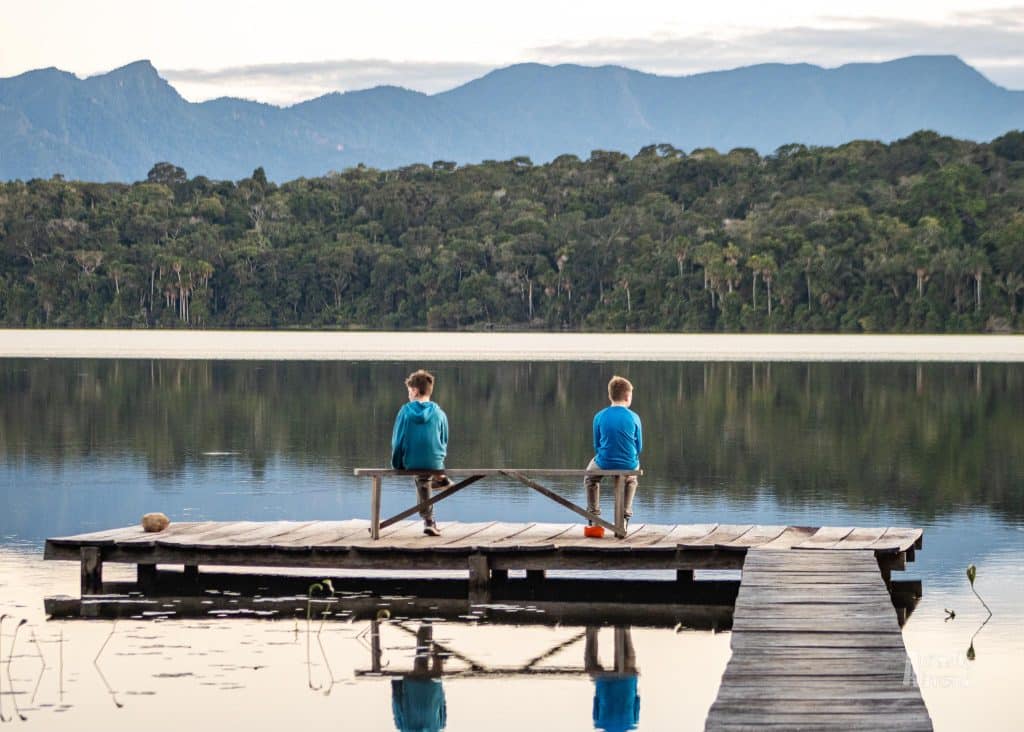
Jungle Treks & Canoe Rides
Over our three days in the park, we explored deep into the jungle on guided treks, including a memorable night walk, and glided across Santa Rosa Lake in a canoe. The birdlife was truly spectacular. From the calm, sparkling lake, we spotted brightly coloured toucans and watched pairs of macaws flying across the sky.
The boys gave piranha fishing another try, though the fish remained elusive. If you’re lucky, you might even glimpse a giant river otter slipping through the water—one of Madidi’s most sought-after (and shyest) residents.
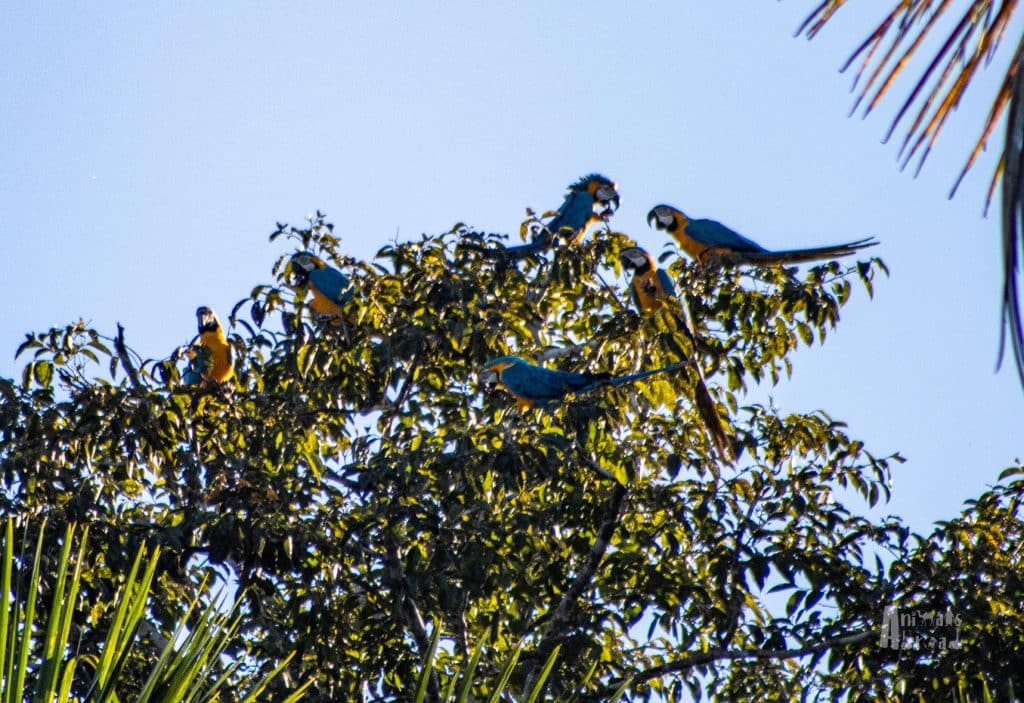
So, What Did We See?
Unlike our safaris in Africa, where animals often lounge visibly in open grasslands, the dense jungle and nocturnal habits of many species make wildlife spotting in the Amazon much more challenging. On our walks, we frequently came across animal tracks—jaguar, puma, tapir, giant armadillo—and even spotted armadillo dens. While we didn’t see these elusive creatures, that didn’t mean they weren’t there. The jungle flora is so thick that something could be just a few feet away, and you’d never know it.
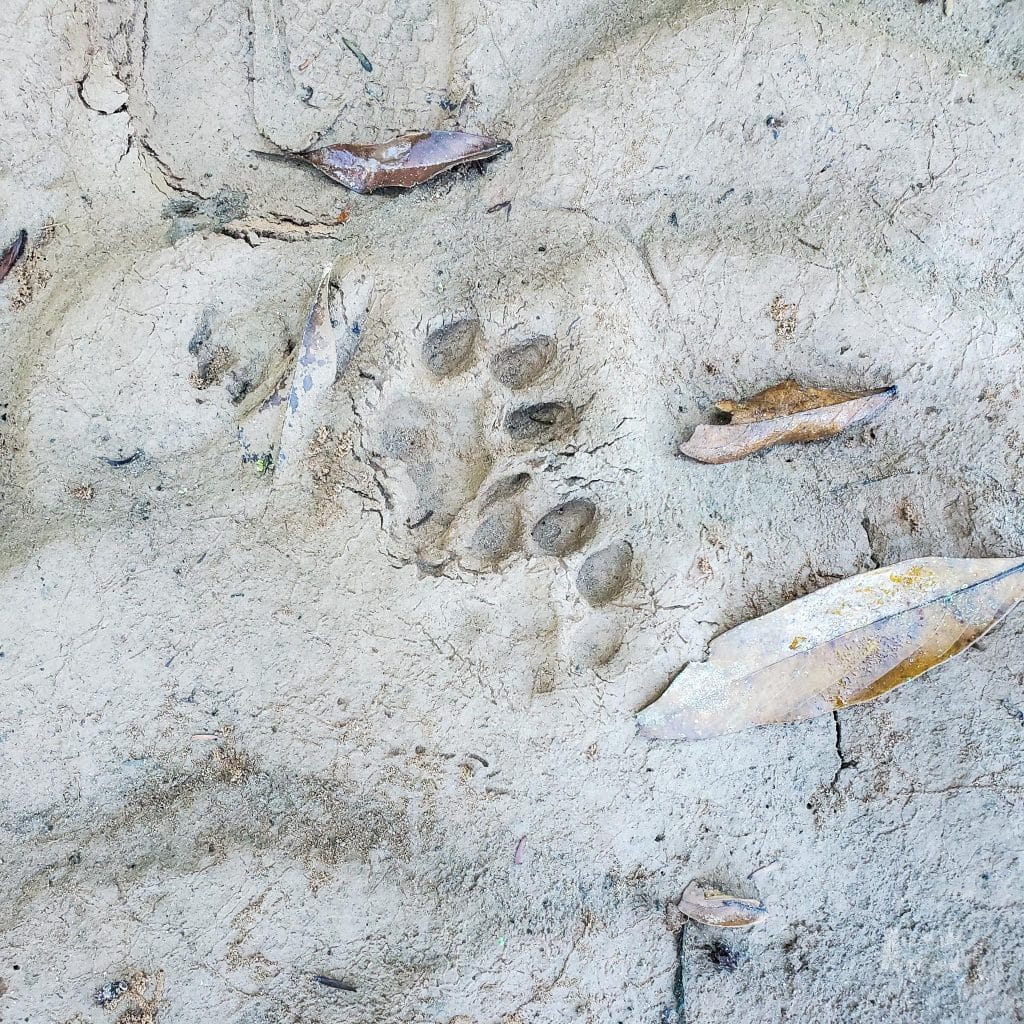
We chose to focus on monkeys, reptiles, and birds. Some highlights included a family of golden palace monkeys, playful yellow squirrel monkeys, and curious Capuchin monkeys swinging effortlessly through the trees. Watching them was amusing—they seemed to delight in showing off their agility, leaping from branch to branch and calling out to one another.
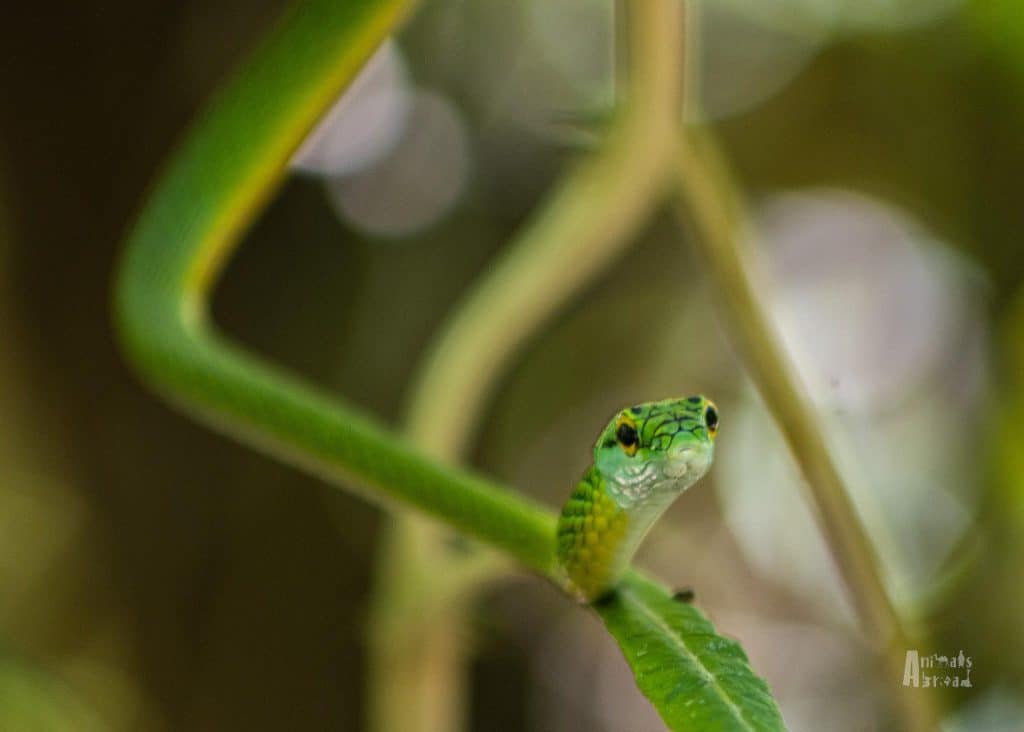
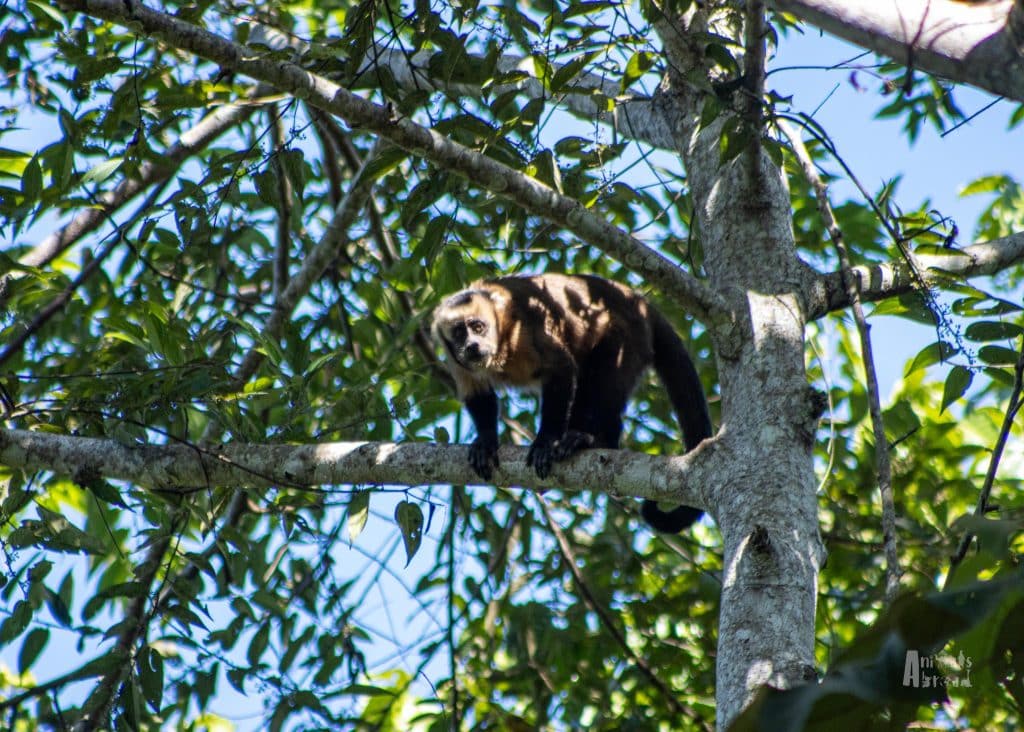
Night Walks and Insect Encounters
If you’re squeamish, the night walks might not be your thing. Once the sun sets, the jungle takes on a darker, more menacing feel—it’s when reptiles and spiders come out to hunt. We spotted a viper snake, a boa constrictor, a large poisonous spider spinning its web, several toads, and even a tarantula. The boys were thrilled. As for me? Too many creepy crawlies for comfort!
And the insects—wow. We saw carpenter ants, army ants, and the infamous bullet ant, known for its intense sting. The jungle truly is alive with every kind of insect imaginable.
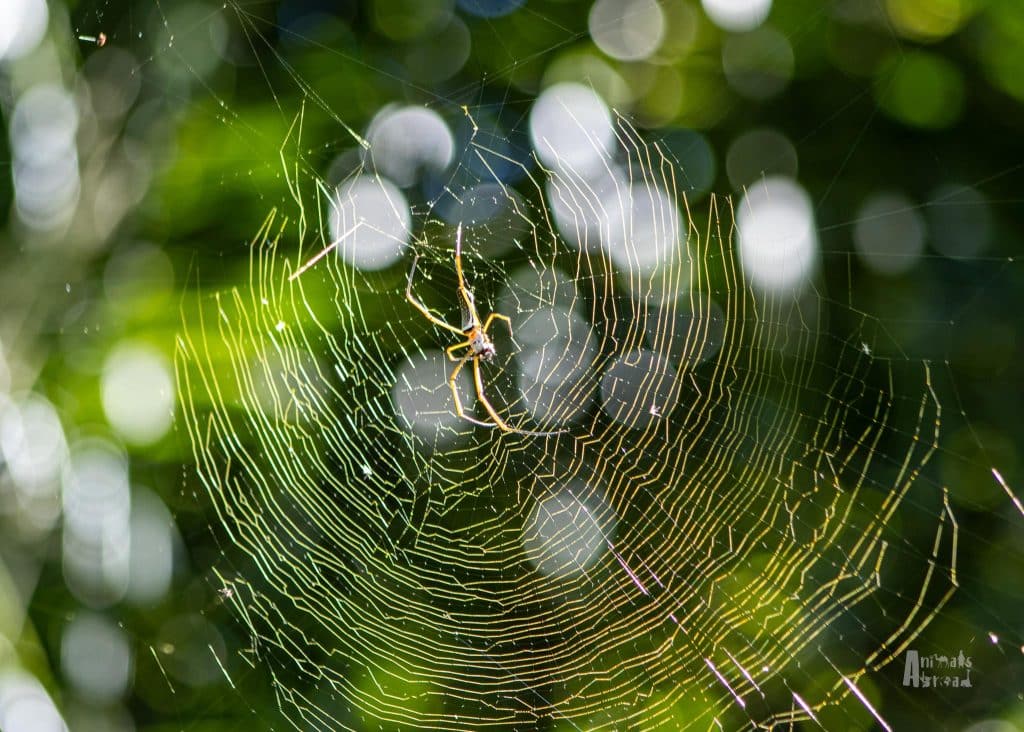
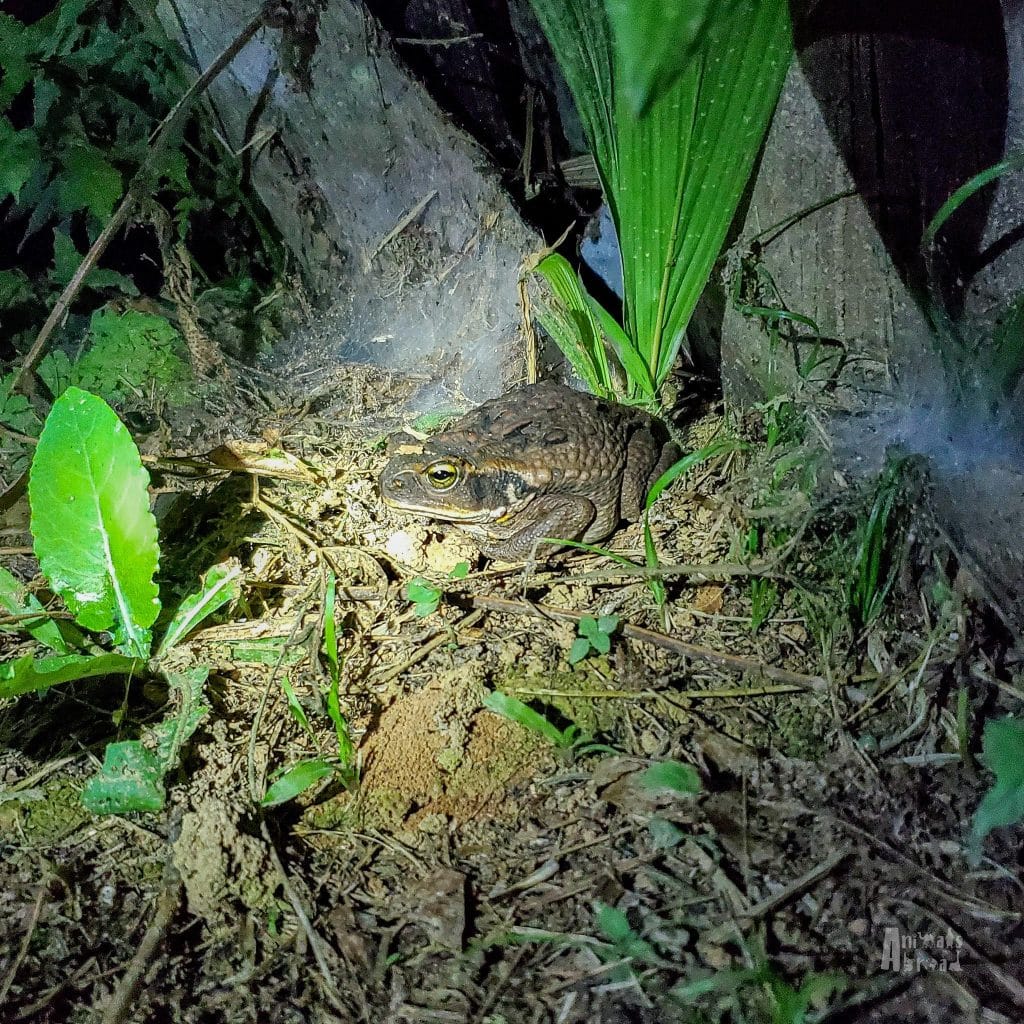
Where We Stayed
Santa Rosa Lodge is a small, rustic eco-lodge made up of simple wooden cabins. The cabins were fresh and basic with comfortable beds, mosquito netting, warm blankets, and battery-powered lights in the evening. The solar battery packs were recharged each day. Bathrooms were separate from the cabins but included flushing toilets, sinks, and cold showers. The dining hall had a generator for lights, and there was even Wi-Fi if needed.
Our Five-Day Itinerary
Day 1: Travel to Rurrenabaque and the Pampas: We flew from La Paz to Rurrenabaque, then drove to the Pampas. The evening was spent on a sunset river cruise followed by a delicious warm meal.
Day 2: Explore the Pampas: A full day cruising the river in search of wildlife and trying piranha fishing. That night, we returned to Rurrenabaque for an overnight stay.
Day 3: Travel to Madidi: We took a long boat ride upriver into Madidi, then enjoyed an afternoon trek through the forest.
Day 4: Explore Madidi: Jungle treks, canoeing, and a night walk.
Day 5: Morning in Madidi: We canoed to the opposite side of the lake to explore a different area before returning to Rurrenabaque.
We booked our Amazon Tour through Nick’s Adventures Bolivia. They handled everything: logistics, transport, great food, and expert guiding. It was an adventure to remember from start to finish.
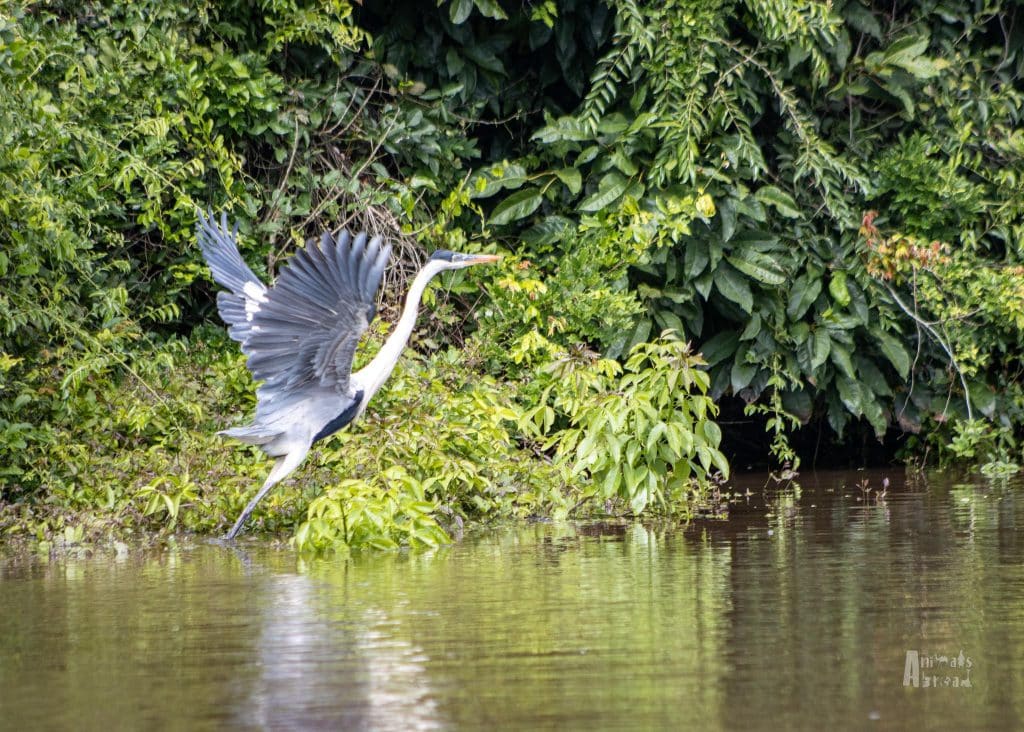
Where We Stayed in Rurrenabaque
Casa de Campo Hotel: This peaceful hotel is nestled in a lush garden, making it feel like an oasis in the middle of town. The rooms were more upscale with hot showers, electricity, and Wi-Fi. The boys quickly fell in love with Danger, the owner’s adorable dog, and spent most of their time hugging and scratching him, proudly announcing they had found the most vicious beast in the Amazon!
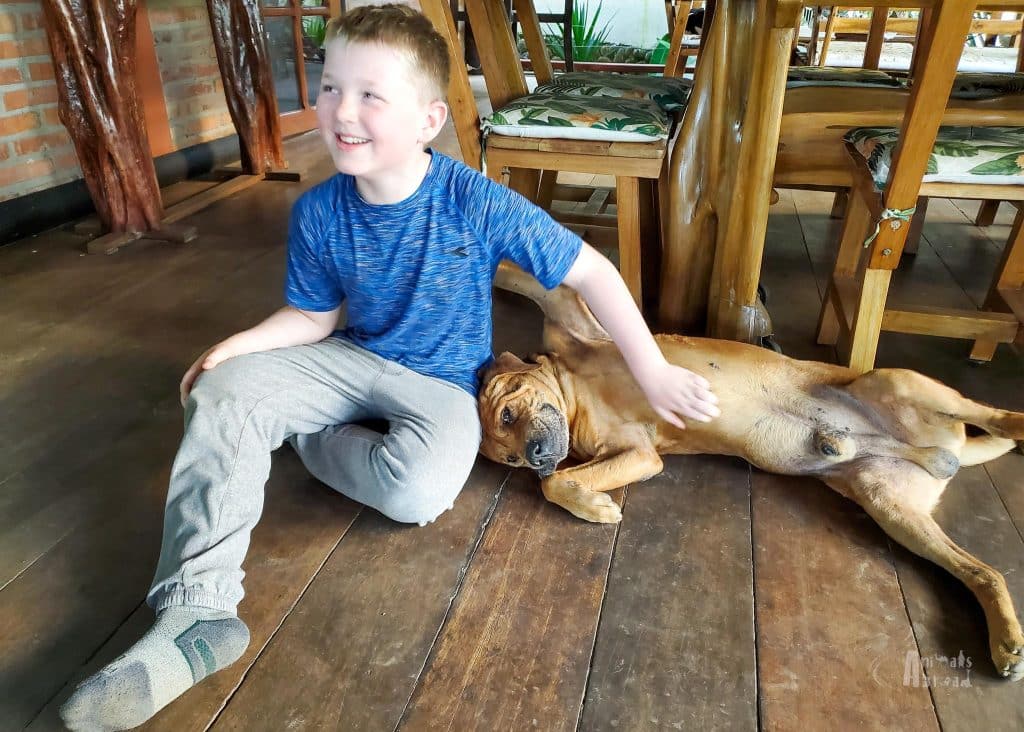
What to Expect on Your Trip to Bolivia’s Amazon
• Flights are limited: Flights to Rurrenabaque are infrequent and prone to delays. Book your trip early in your itinerary to allow for rescheduling if needed.
• Road conditions can be rough: Expect long, bumpy drives—pack snacks, water, and motion sickness remedies.
• Long jungle treks (Madidi): Walking trails went deep into the jungle and lasted two or more hours at a time.
• Bugs galore: From ants to spiders—the Amazon is FULL of little critters.
• Mosquito nets: Use mosquito nets overnight to avoid bites, as dengue fever is present in the region.
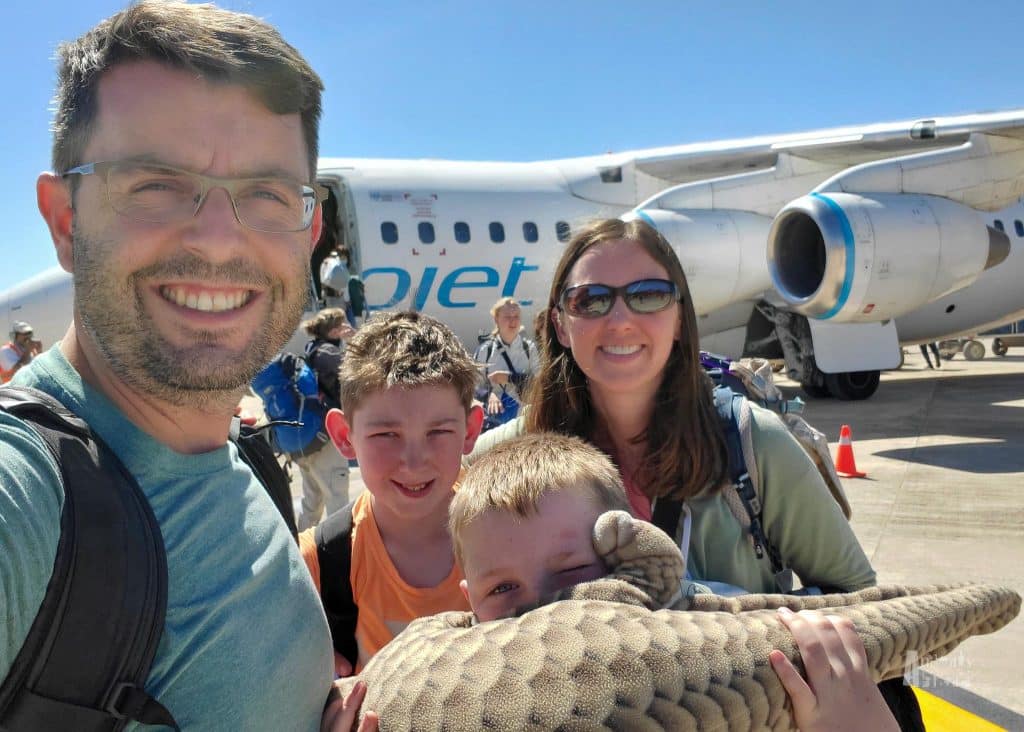
Packing Tips
• Pack light: Boats have limited space.
• Bring warm layers: The Amazon can be cool at night and on the water.
• Cover Yourself: Wear long sleeves and pants on jungle walks to avoid bug bites and for sun protection.
• Sturdy Shoes: The Madidi Jungle trails are sometimes uneven and steep.
• Head Lamp: Electricity in the cabins is limited, and you will need light to walk to and from the dining halls and bathrooms.
• Extra batteries or power banks.
• Sun Protection: Hats, sunglasses, and sunscreen.
• Bug Repellant: We used Care Plus Insect Repellent for the kids, which contains 20% Icaridin instead of DEET.
• Filter Water Bottles: We used LifeStraw bottles, but the tour did provide bottled water. https://lifestraw.com
Mishap in the Amazon
When we recommend covering your legs while trekking, we mean it. I made the mistake of wearing short pants and ankle socks on our first trek and woke up the next day to dozens of bites. Our guide said they were sand fleas. My legs swelled as the bumps grew and then oozed. It took several weeks before they were fully healed. Lesson learned!
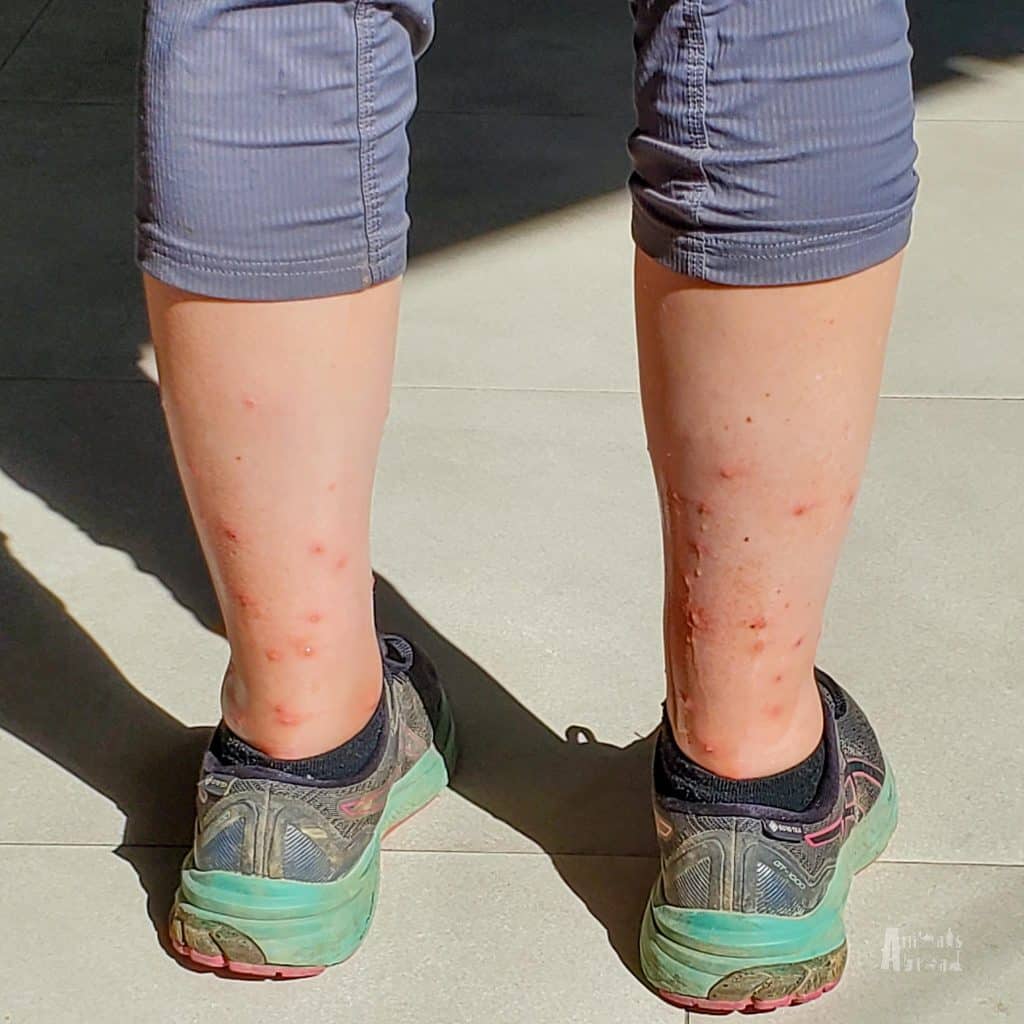
A Family Amazon Adventure
Our five-day adventure in Bolivia’s Amazon was wild, unpredictable, and unforgettable. From spotting rare wildlife in the open Pampas to listening to the calls of howler monkeys echo through the dense Madidi jungle, it was an experience that pushed us out of our comfort zone and into something extraordinary.
Yes, there were delays, bugs, and the occasional soggy foot. But we also had the chance to drift quietly past pink dolphins, get mugged by monkeys, and fall asleep to the hum of the rainforest around us. It was a true adventure for our family—and one we’ll never forget
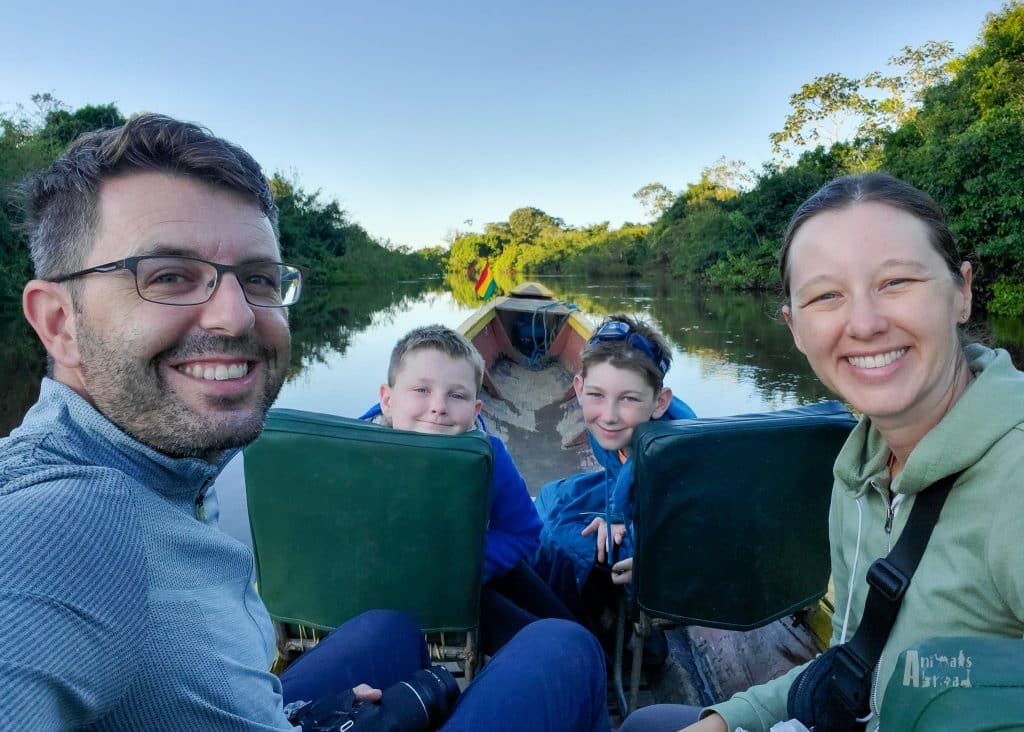
Ready to Explore Bolivia?
Check out these related posts to help plan your trip:
• Bolivia with Kids: A 27-Day Itinerary
• Family Guide to La Paz: A Flexible 5-Day Itinerary
• Breathless in Bolivia: Managing Altitude Sickness as a Family
• Chasing Jaguars in Bolivia: A Family Safari in Jaguarland
• Visiting Toro Toro National Park: Know Before You Go
• Bolivia’s Uyuni Salt Flats with Kids: A Family Adventure

